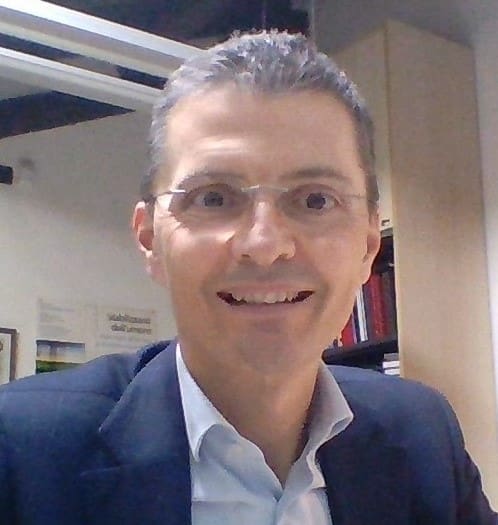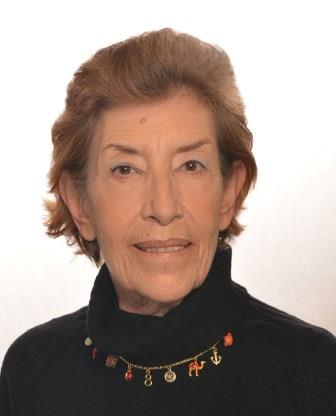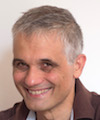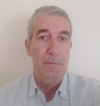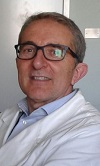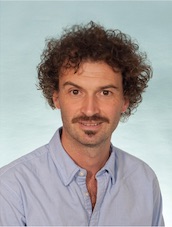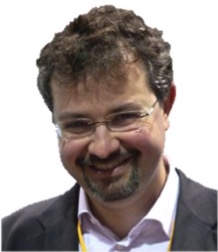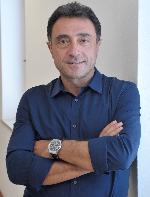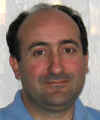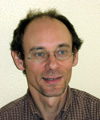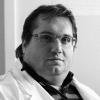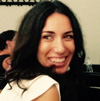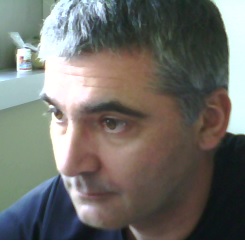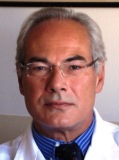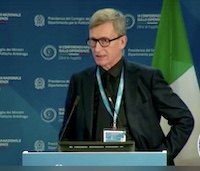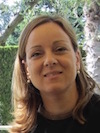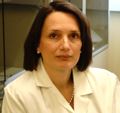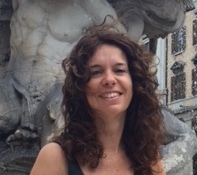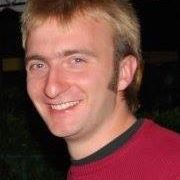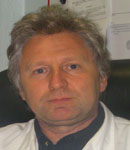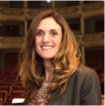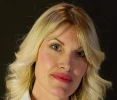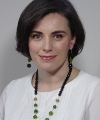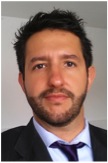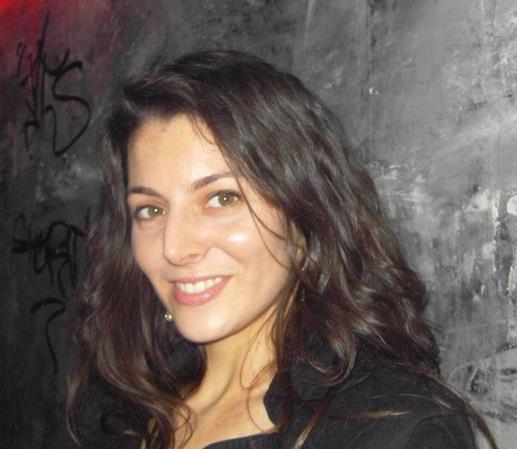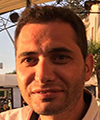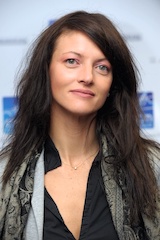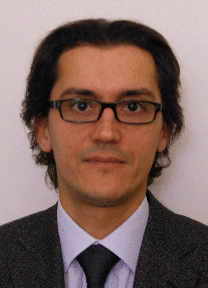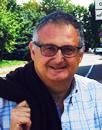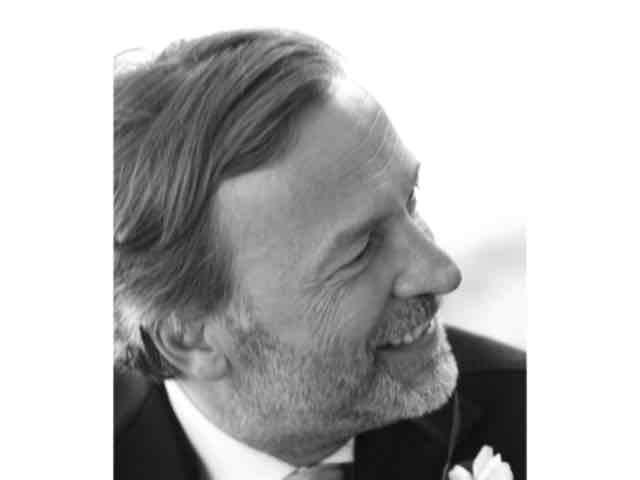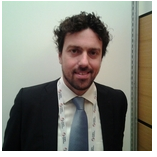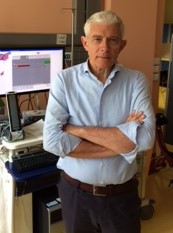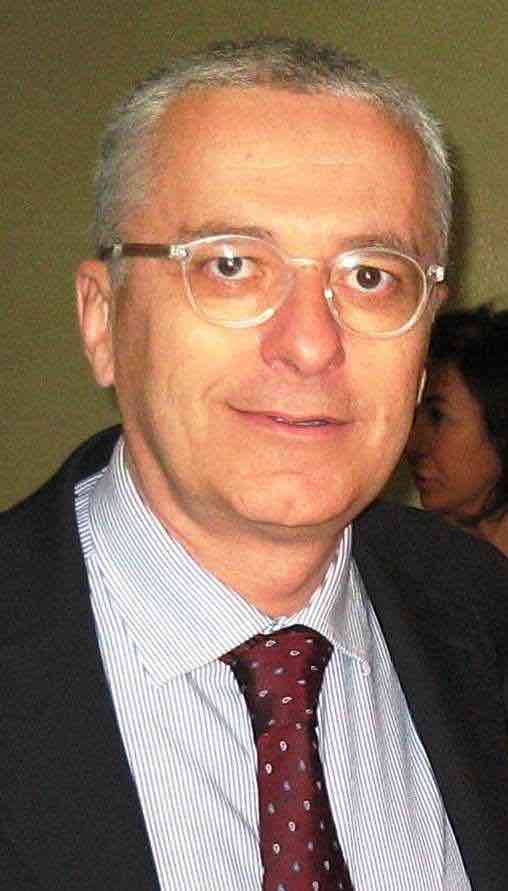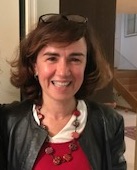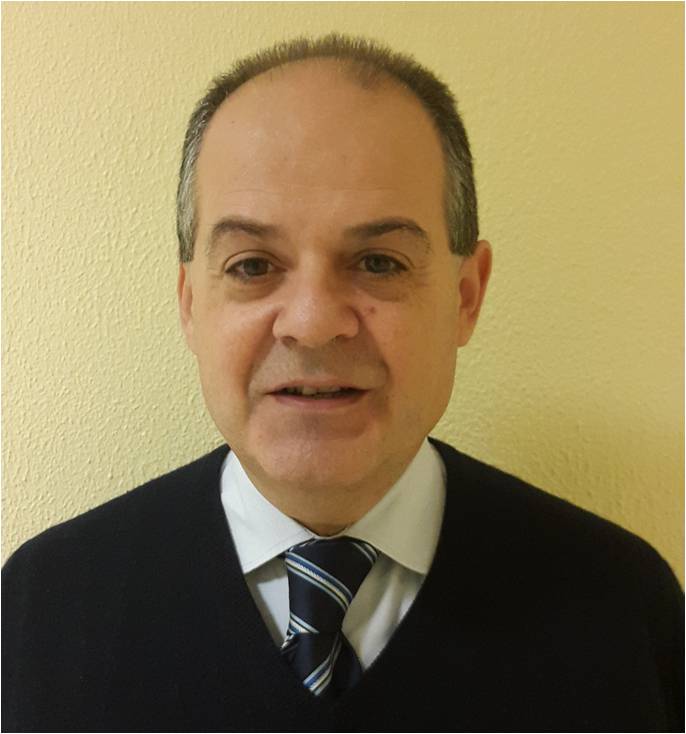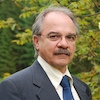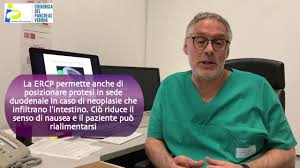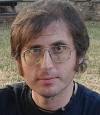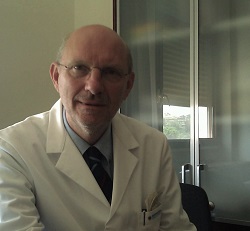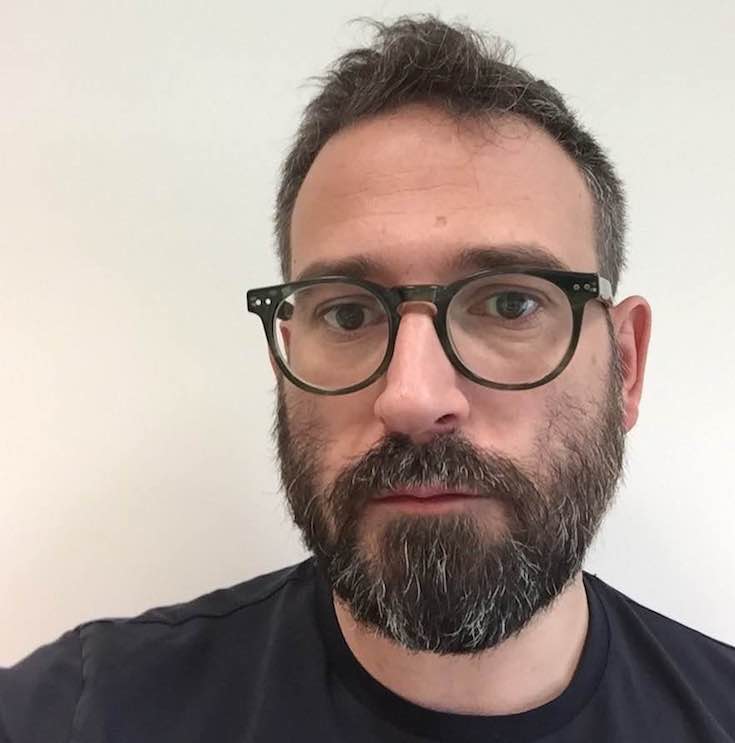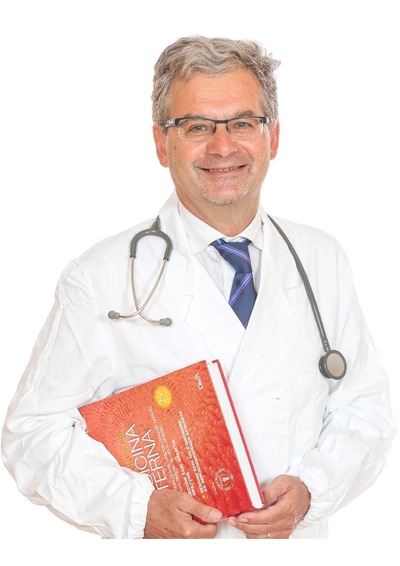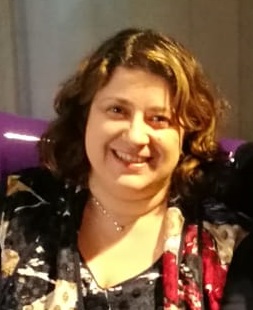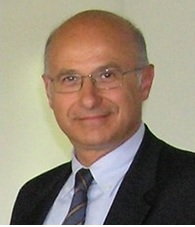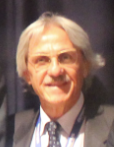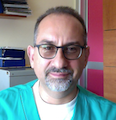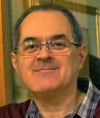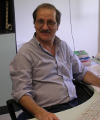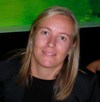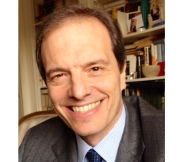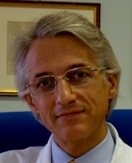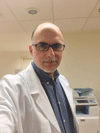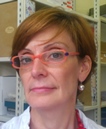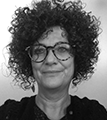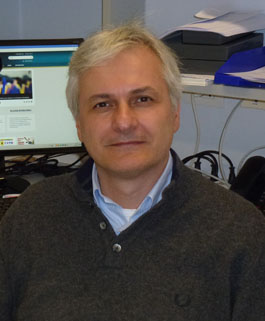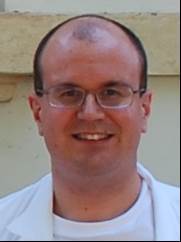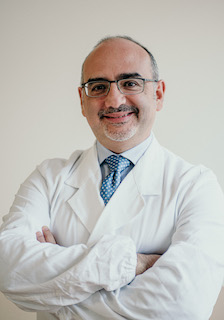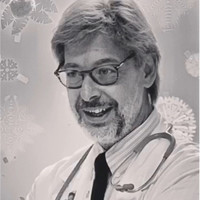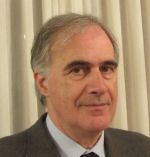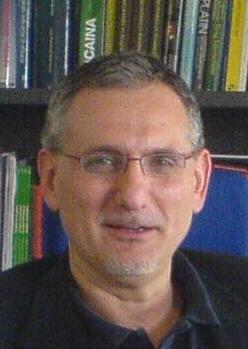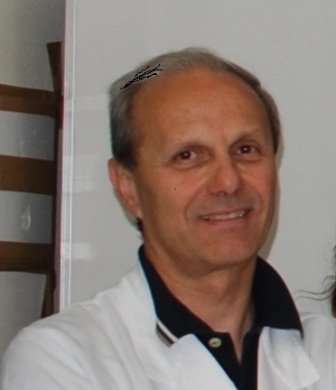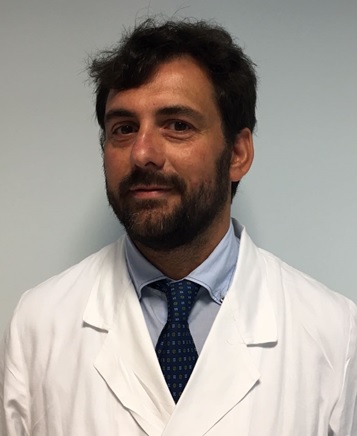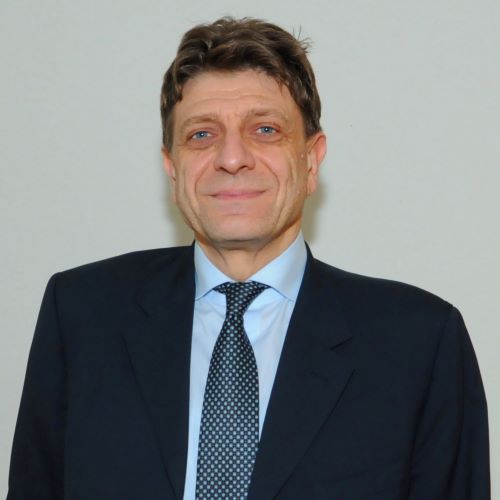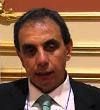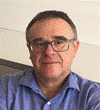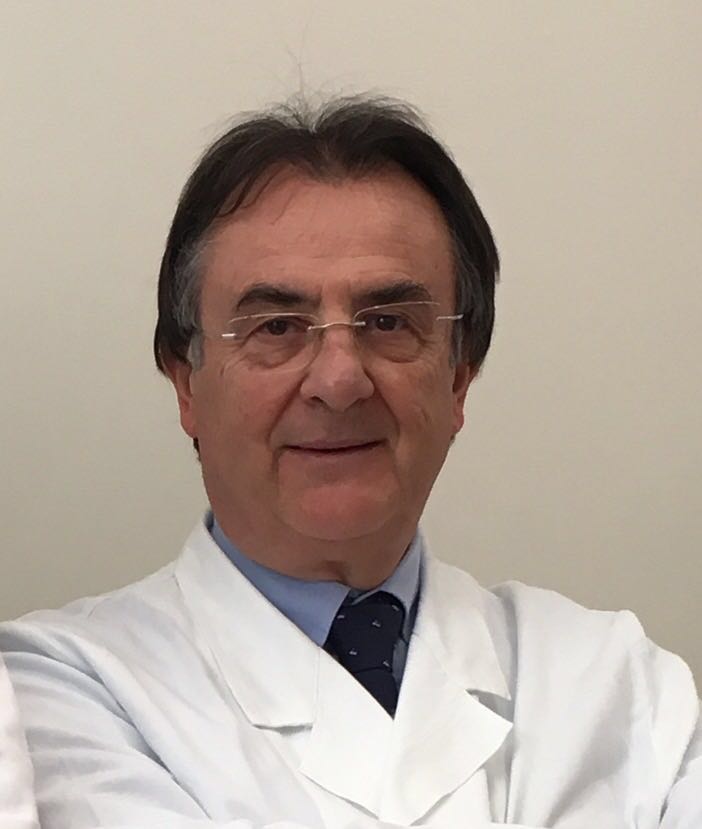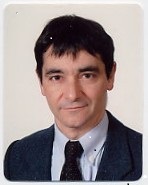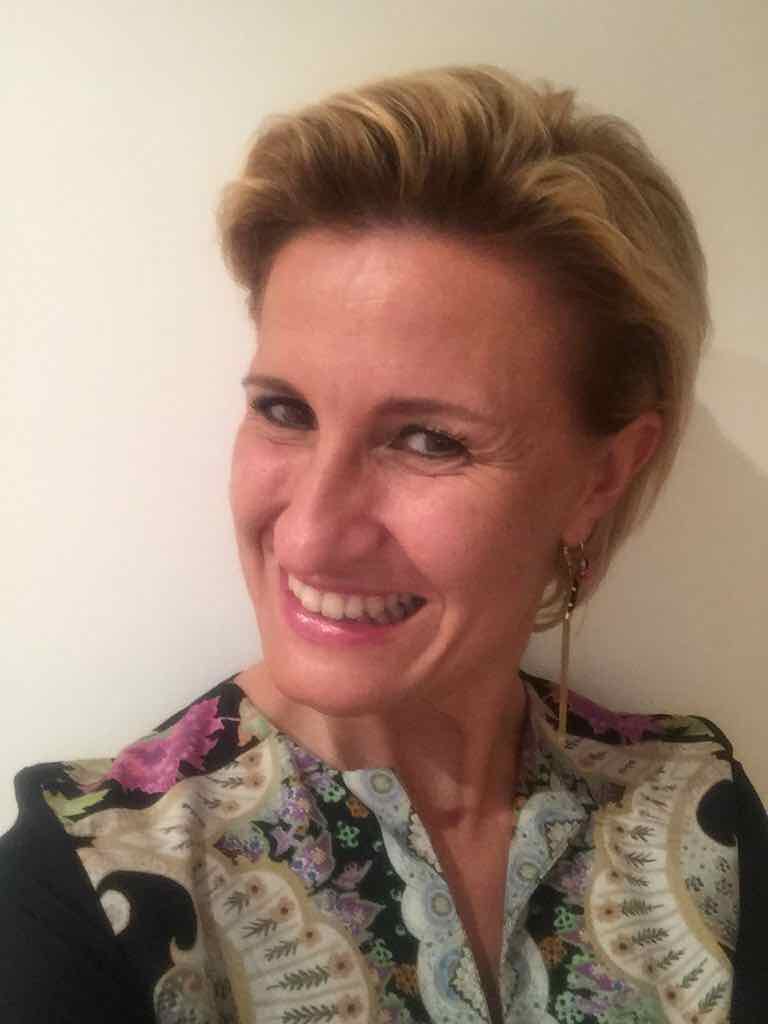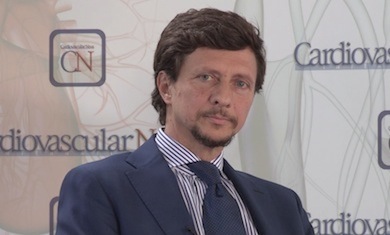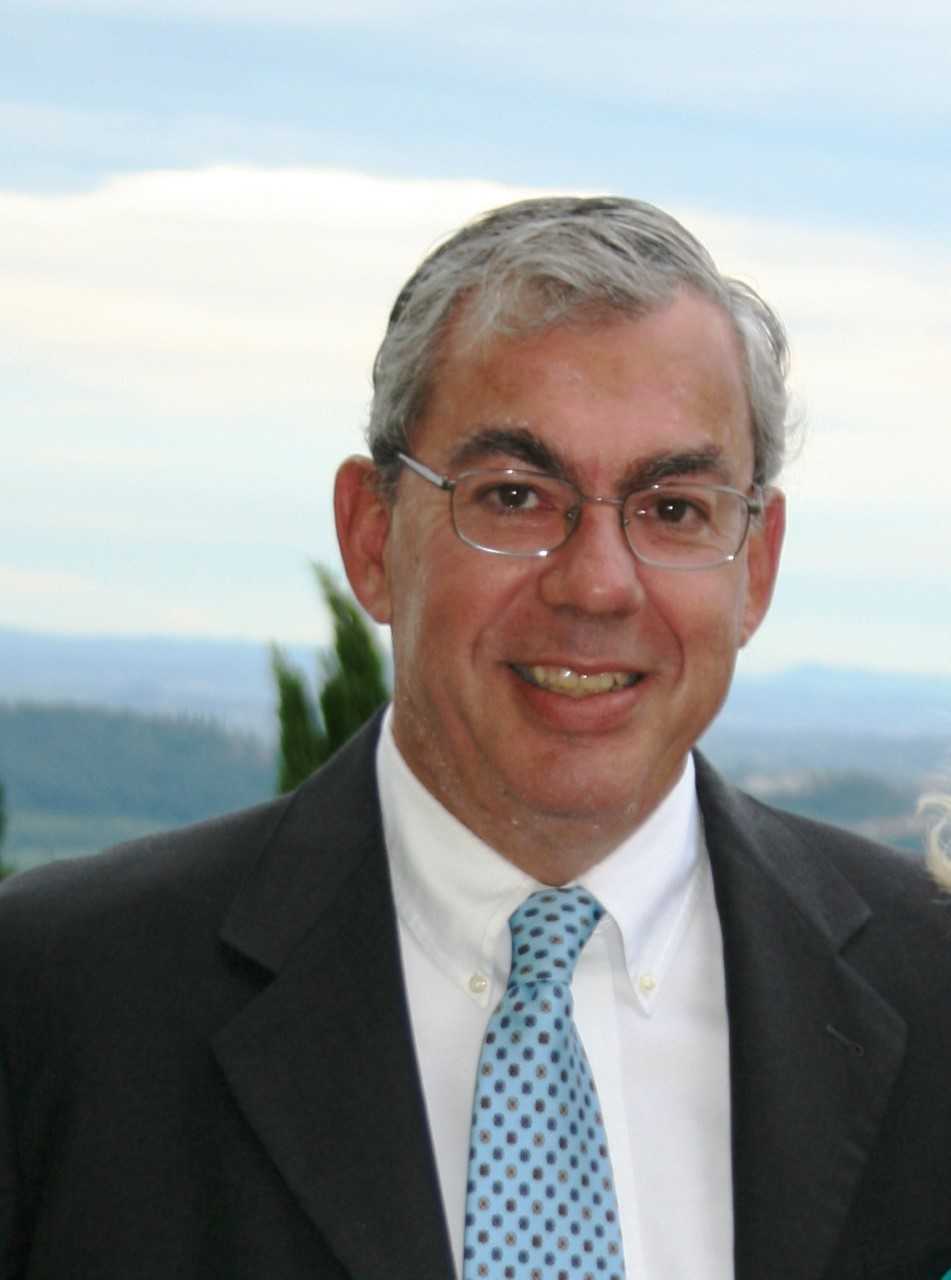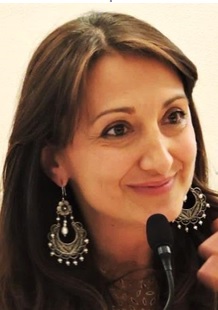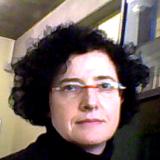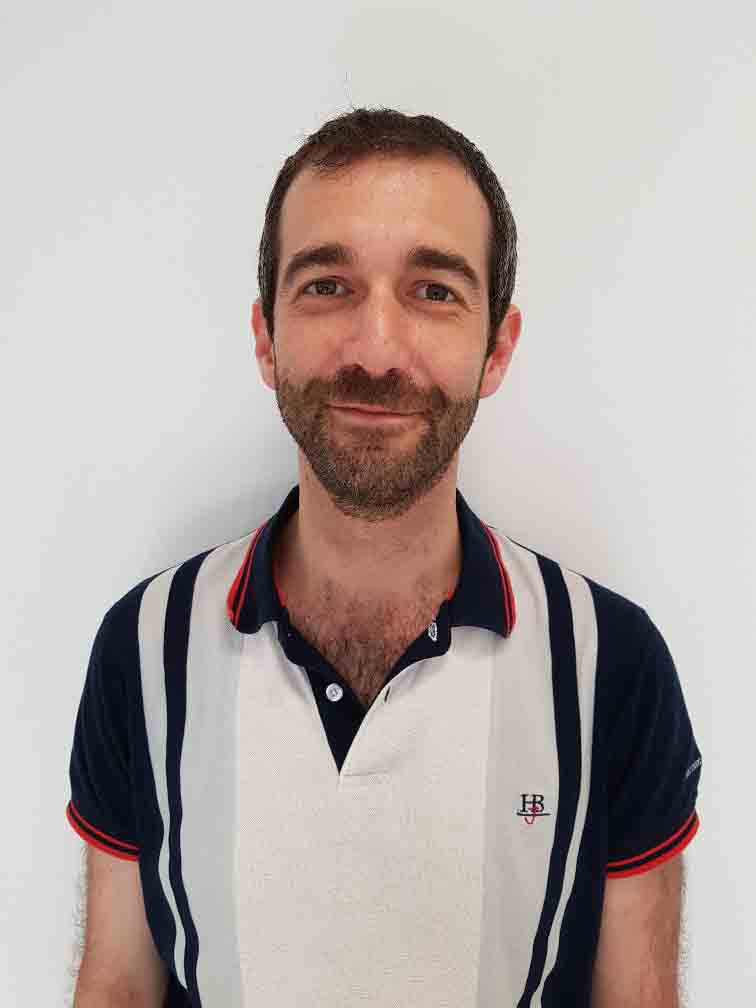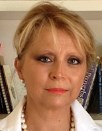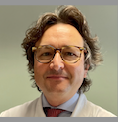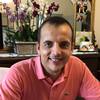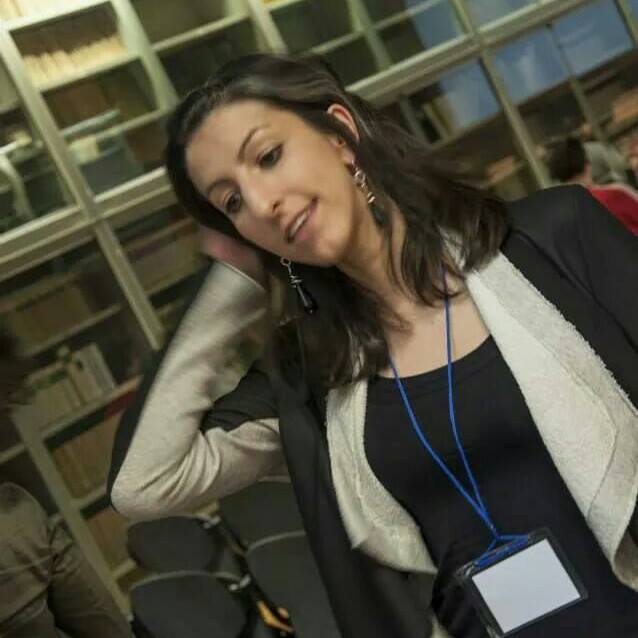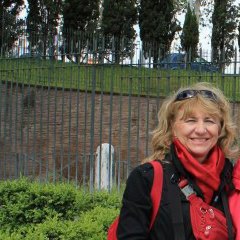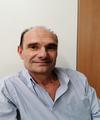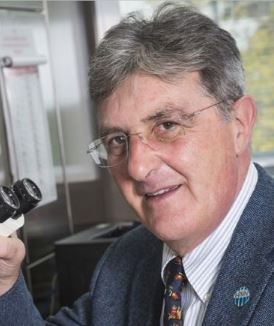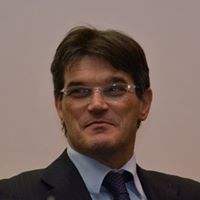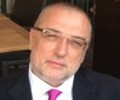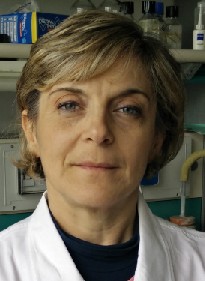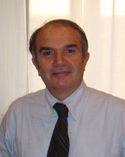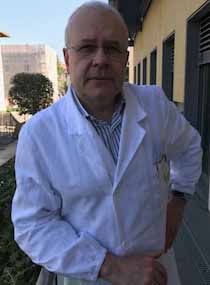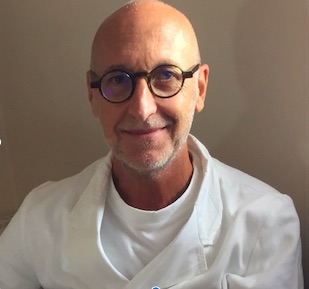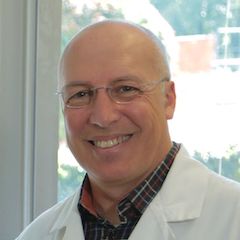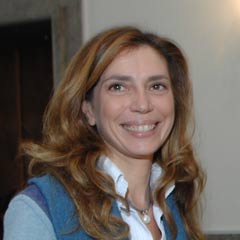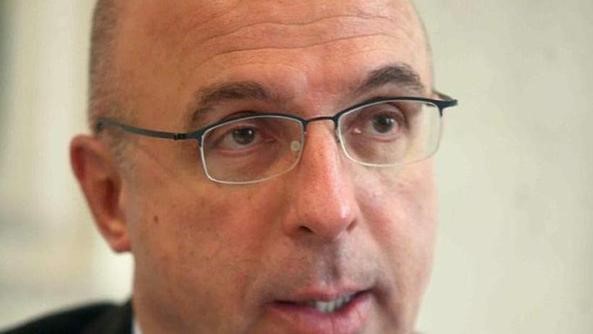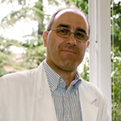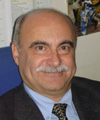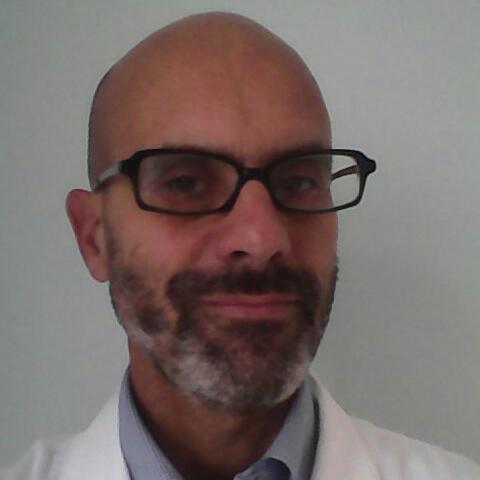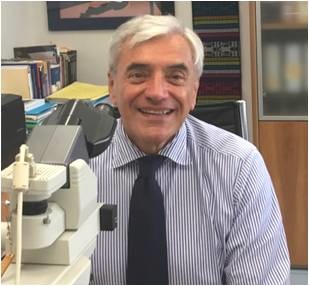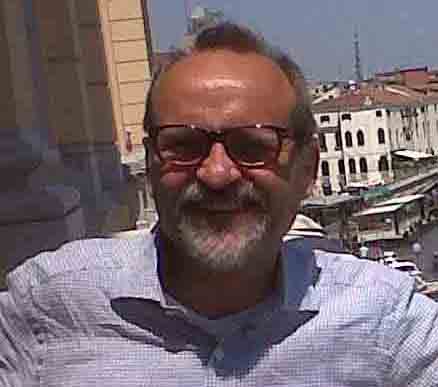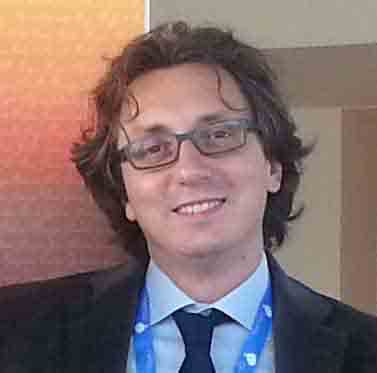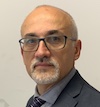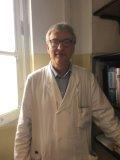Studying at the University of Verona
Academic calendar
The academic calendar shows the deadlines and scheduled events that are relevant to students, teaching and technical-administrative staff of the University. Public holidays and University closures are also indicated. The academic year normally begins on 1 October each year and ends on 30 September of the following year.
Course calendar
The Academic Calendar sets out the degree programme lecture and exam timetables, as well as the relevant university closure dates..
| Period | From | To |
|---|---|---|
| Lezioni 1° semestre 2°- 6° anno | Oct 1, 2018 | Dec 21, 2018 |
| ACCOGLIENZA MATRICOLE - ORE 9.00 - AULA D ISTITUTI BIOLOGICI | Oct 5, 2018 | Oct 5, 2018 |
| Corsi elettivi 1° semestre | Oct 8, 2018 | Dec 21, 2018 |
| Lezioni 1° semestre 1° anno | Oct 8, 2018 | Jan 11, 2019 |
| Progress test 2018 | Nov 14, 2018 | Nov 14, 2018 |
| Lezioni 2° semestre - 6° anno | Jan 28, 2019 | May 3, 2019 |
| Corsi elettivi 2° semestre | Feb 18, 2019 | May 31, 2019 |
| Lezioni 2° semestre 1°- 5° anno | Feb 18, 2019 | May 31, 2019 |
| Session | From | To |
|---|---|---|
| Iscrizione Corsi elettivi 1° semestre | Sep 4, 2018 | Oct 4, 2018 |
| Sessione studenti fuori corso | Oct 1, 2018 | Sep 27, 2019 |
| Sessione invernale 2°-5° anno | Jan 7, 2019 | Feb 15, 2019 |
| Sessione invernale 6° anno | Jan 7, 2019 | Jan 25, 2019 |
| Iscrizione Corsi elettivi 2° semestre | Jan 12, 2019 | Feb 13, 2019 |
| Sessione invernale 1° anno | Jan 14, 2019 | Feb 15, 2019 |
| Sessione estiva 6° anno ( Gli esami che prevedono il tirocinio (Clinica Chirurgica, Clinica Medica e Geriatria, Pediatria, Ostetricia e Ginecologia) potranno essere sostenuti solo al termine delle lezioni e dopo aver completato il tirocinio in ciascuna di tali materie. Le propedeuticità vanno comunque rispettate e i laureandi nella sessione di luglio devono terminare gli esami entro il 24 giugno 2019) | May 6, 2019 | Jul 26, 2019 |
| Sessione estiva 1° - 5° anno | Jun 3, 2019 | Jul 26, 2019 |
| Sessione autunnale (i laureandi di ottobre devono terminare gli esami entro il 27 settembre 2019) | Sep 2, 2019 | Sep 27, 2019 |
| Session | From | To |
|---|---|---|
| Sessione invernale straordinaria a.a. 2017-2018 | Mar 11, 2019 | Mar 22, 2019 |
| Sessione estiva (i laureandi di luglio devono terminare gli esami entro il 24 giugno 2019) | Jul 8, 2019 | Jul 26, 2019 |
| Sessione autunnale (i laureandi di ottobre devono terminare gli esami entro il 24 settembre 2019) | Oct 7, 2019 | Oct 18, 2019 |
| Period | From | To |
|---|---|---|
| Festa di Ognissanti | Nov 1, 2018 | Nov 1, 2018 |
| Sospensione dell'attività didattica | Nov 2, 2018 | Nov 3, 2018 |
| Vacanze di Natale | Dec 24, 2018 | Jan 6, 2019 |
| VACANZE DI PASQUA | Apr 19, 2019 | Apr 28, 2019 |
| Festa della liberazione | Apr 25, 2019 | Apr 25, 2019 |
| Festa del Santo Patrono - S. Zeno | May 21, 2019 | May 21, 2019 |
| Description | Period | From | To |
|---|---|---|---|
| 6° anno:Tirocinio professionalizzante 1° semestre | 6° anno:Tirocinio professionalizzante 1° semestre | Oct 1, 2018 | Dec 21, 2018 |
| 2°-5° anno: attività pratiche e tutoriali 1° semestre | 2°-5° anno: attività pratiche e tutoriali 1° semestre | Oct 1, 2018 | Dec 21, 2018 |
| 6° anno:Tirocinio professionalizzante 2° semestre | 6° anno:Tirocinio professionalizzante 2° semestre | Jan 7, 2019 | Jun 7, 2019 |
| 1°-5° anno: attività pratiche e tutoriali 2° semestre | 1°-5° anno: attività pratiche e tutoriali 2° semestre | Feb 18, 2019 | May 31, 2019 |
| 6° anno: recupero Tirocinio professionalizzante | 6° anno: recupero Tirocinio professionalizzante | Jun 10, 2019 | Sep 27, 2019 |
Exam calendar
Exam dates and rounds are managed by the relevant Medicine Teaching and Student Services Unit.
To view all the exam sessions available, please use the Exam dashboard on ESSE3.
If you forgot your login details or have problems logging in, please contact the relevant IT HelpDesk, or check the login details recovery web page.
Should you have any doubts or questions, please check the Enrollment FAQs
Academic staff
 amod101@yahoo.it; antonio.amodio@ospedaleuniverona.it
amod101@yahoo.it; antonio.amodio@ospedaleuniverona.it

Bassi Claudio
 claudio.bassi@univr.it
claudio.bassi@univr.it
 +39 045 812 4553
+39 045 812 4553
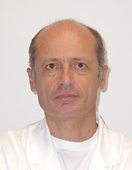
Bisoffi Zeno
 zeno.bisoffi@sacrocuore.it
zeno.bisoffi@sacrocuore.it
 +390456013326
+390456013326
 rebecca.casari@aovr.veneto.it
rebecca.casari@aovr.veneto.it
 zenodebattisti@tiscali.it
zenodebattisti@tiscali.it
 roxannebarbara.doerr@univr.it
roxannebarbara.doerr@univr.it
 giuseppe.faggian@univr.it
giuseppe.faggian@univr.it
 marco.ferdeghini@univr.it
marco.ferdeghini@univr.it
 045 812 47 84 (Segreteria) 045 802 74 89 (Segreteria di Istituto)
045 812 47 84 (Segreteria) 045 802 74 89 (Segreteria di Istituto)
 davide.gatti@univr.it
davide.gatti@univr.it
 guido.martignoni@univr.it
guido.martignoni@univr.it
 oliviero.olivieri@univr.it
oliviero.olivieri@univr.it
 +39 045 812 4414
+39 045 812 4414
 sara.pilotto@univr.it
sara.pilotto@univr.it
 daniele.prati@univr.it
daniele.prati@univr.it

Scuro Alberto
 alberto.scuro@univr.it
alberto.scuro@univr.it
 +39 045 812 4413
+39 045 812 4413
Study Plan
The Study Plan includes all modules, teaching and learning activities that each student will need to undertake during their time at the University.
Please select your Study Plan based on your enrollment year.
1° Year
| Modules | Credits | TAF | SSD |
|---|
2° Year activated in the A.Y. 2019/2020
| Modules | Credits | TAF | SSD |
|---|
3° Year activated in the A.Y. 2020/2021
| Modules | Credits | TAF | SSD |
|---|
4° Year activated in the A.Y. 2021/2022
| Modules | Credits | TAF | SSD |
|---|
5° Year activated in the A.Y. 2022/2023
| Modules | Credits | TAF | SSD |
|---|
6° Year activated in the A.Y. 2023/2024
| Modules | Credits | TAF | SSD |
|---|
| Modules | Credits | TAF | SSD |
|---|
| Modules | Credits | TAF | SSD |
|---|
| Modules | Credits | TAF | SSD |
|---|
| Modules | Credits | TAF | SSD |
|---|
| Modules | Credits | TAF | SSD |
|---|
| Modules | Credits | TAF | SSD |
|---|
Legend | Type of training activity (TTA)
TAF (Type of Educational Activity) All courses and activities are classified into different types of educational activities, indicated by a letter.
Biology (2018/2019)
Teaching code
4S00303
Teacher
Coordinator
Credits
6
Language
Italian
Scientific Disciplinary Sector (SSD)
BIO/13 - EXPERIMENTAL BIOLOGY
Period
Lezioni 1° semestre 1° anno dal Oct 8, 2018 al Jan 11, 2019.
Location
VERONA
Learning outcomes
To provide a general and updated perspective of General, Cellular, Developmental and Aging Biology, with a particular emphasis on biomedical problems.
To train students to evaluate critically experimental data, through the description and discussion of historical and current relevant experiments.
To introduce students to instruments and techniques employed for the investigation of biological molecules.
Program
Macromolecules common to living organisms: basic characteristics. Life’s origin: the chemical evolution hypothesis (Urey and Miller experiment).
The evolutionary theory proposed by Darwin. The modern vision of evolutionism. “Nothing in biology makes sense but in the light of evolution”. The evolution of human species. Model organisms in biology
Three major groups of living organisms: Eubacteria, Archea, Eukarya.
Main characteristics of Prokaryotes: cell structure, cell wall structure, genome, reproduction, habitats, interactions with other living organisms. Cyanobacteria: how they changed the terrestrial athmosphere.
Evolution of eukaryotes, the endosymbiontic theory. Brief recall of organelles structure and functions (from the Citology module); roles and functions of the cell memebrane. From unicellular to multicellular eukaryotes.
Cell communication, signal molecules. Cell growth and energetic metabolism in brief.
Cell cycle and its regulation. Cell division (mitosis). The nucleus; DNA, chromatin, chromosomes.
Cell death: apoptosis and necrosis.
Ploidy and reproductive strategies; sexual reproduction. Meiosis and human gametogenesis.
Nomal and pathological human karyotype. Methods of prenatal and post natal analysis . Cytogenetic anomalies and
syndromes.
Molecular biology: the historical experiments that led to the discovery of DNA as the genetic material (F.Miescher; Griffith, McLeod e McCarty, Hershey e Chase) . The structure of the double helix (R.Franklin, M. Wilkins, J Watson and
F Crick); DNA replication (Meselson and Stahl). RNA is an informational molecule as well (Fraenkel- Conrat)..
DNA polymerase and DNA replication “in vivo”( in prokaryotes and eukaryotes) and “in vitro” (the PCR technique).
Telomerase and telomeres replication. Denaturation, renaturation, hybridization of DNA molecules; molecular probes applications (FISH). The informational flow: from DNA to proteins. A. Garrod’s studies, the “one gene-one enzyme hypothesis by Beedle and Tatum, the central dogma of molecular biology. Roles of various RNA species in the informational flow. Gene expression in prokaryotes, polycistronic RNAs, the operons. Gene transcription in eukaryotes, promoters, RNA polymerase II, RNA processing (splicing mechanism), alternative splicing and its evolutionary significance. Messenger RNA translation, the genetic code, codons and anticodons, the “wobbling” theory. Protein synthesis in the eukaryotic cell, post-translational modifications, protein sorting and secretion. The regulation of gene expression in eukaryotes.
Chromatin structure and modifications. X chromosome inactivation in female somatic cells. DNA binding proteins which act as activators/repressors of transcription, DNA binding motives. The role of non-coding RNAs (nc-RNAs)
The beta globin genes cluster: a paradigm of space/time regulation of gene expression
Developmental biology. Master genes (e.g. the HOX selector genes) ; model organisms (Drosophila)
Master genes which act in tooth development
Cell reprogramming: from the beginning to nowadays (the experiments of Briggs, Wilmut and Dolly sheep, S. Yamanaka)
Gene expression and sex determination (SRY and DAX1 genes).
The human genome and its plasticity. Transposable elements, gene families, repeated sequences, pseudogenes. Genome evolution. Mutations: pre-adactativity (the replica-plating test by J and E Lederberg); mutations and selection, m. and fitness. Spontaneous mutations: how do they occur; induced mutations , types of mutagens , mode of action.
DNA repair systems: Proof-read repair, MMR; DSB repair, BER, NER. Ames’ test for the identification of mutagens.
Ionizing radiations, definition of LET and EBR.
Somatic mutations and cancer: target genes in tumorigenesis (proto-oncogenes, oncosuppressor genes, DNA repair genes). The process of cell ageing: causes, consequences, antidotes.
Bone biology: bone tissue composition, cell types and their roles. Molecular pathways which control the process of osteogenesis and bone remodeling.
DIDACTIC MODES
Attendance to lessons is mandatory. Classes will consist of theorical lessons covering the whole exam program. Oral explanations will be coadiuvated by PowerPoint presentations and videos, which will be made available to students through a dedicated Department web site. In particular, the Bone Biology module will be proposed in English in a elearning modality (Power point slides + selected reviews). Additional didactic supports (multiple choice quizzes for self-assessment, journal articles , reviews, etc.) may be suggested during the course and will be made available to students for download. During the whole Academic Year, students may request personal reception to the teachers, by e mail.
SUGGESTED TEXT BOOKS
The following suggested text books may be found at the Meneghetti Library:
-Molecole, Cellule e Organismi a cura di E. Ginelli e M. Malcovati. 2016, EdiSES s.r.l Napoli. ISBN 978 88 7959 914 6
-Biologia molecolare della cellula. B.Alberts et al. VI edizione italiana a cura di A. Pagano. 2016, Zanichelli ed. S.p.A. Bologna ISBN: 9788808621269
-
| Author | Title | Publishing house | Year | ISBN | Notes |
|---|---|---|---|---|---|
| Ginelli et al. | Molecole, cellule e organismi | EdiSES | 2016 |
Examination Methods
Written test (25 multiple choice quizzes plus 5 open questions) concernin the entire program. Goals of the written test are: a) to monitor students’ learning process, b) to monitor students’ capacity of personal re-elaboration of notions, c) to monitor students’ ability to apply theoretical notions to experimental queries.
Score (in /30) of the written test strongly influences final outcome. An oral examination may follow only if written text score is ≥ 18/30. Students can either retire from the examination or refuse the prosed score at any time. In both cases they shall enroll again for the whole examination (written and oral)
Free choice courses
Career prospects
Module/Programme news
News for students
There you will find information, resources and services useful during your time at the University (Student’s exam record, your study plan on ESSE3, Distance Learning courses, university email account, office forms, administrative procedures, etc.). You can log into MyUnivr with your GIA login details: only in this way will you be able to receive notification of all the notices from your teachers and your secretariat via email and soon also via the Univr app.
Erasmus+ e altre esperienze all'estero
Extra courses and activities
Opzioni (cambio di ordinamento)
Studenti iscritti alla classe LM/41 (Classe delle lauree magistrali in medicina e chirurgia)
Il MUR, con nota prot. n. 8610 del 25/3/2020 avente oggetto: “Abilitazione all’esercizio della professione di Medico-Chirurgo - art. 102 - Decreto legge 17 marzo 2020 n. 18 (convertito con modificazioni dalla L. 24 aprile 2020, n. 27), dispone l’adeguamento dell’ordinamento della classe LM/41 alle normative citate in oggetto.
Coloro i quali hanno concluso/concluderanno il tirocinio pratico-valutativo pre-lauream con giudizio di idoneità (ai sensi del DM 58/2018), conseguita la laurea, sono abilitati all’esercizio della professione di medico-chirurgo e possono procedere all’iscrizione presso l’Ordine dei Medici.
Rilascio del titolo di abilitazione
Ai fini del rilascio dell’abilitazione professionale è richiesto il pagamento delle seguenti tasse:
- tassa erariale pari a € 49,90 da versarsi prima che inizi la frequenza del tirocinio pratico valutativo
- tassa regionale di abilitazione da versarsi all’atto della consegna del titolo di abilitazione.
Studenti iscritti alla classe 46/S (Classe delle lauree specialistiche in medicina e chirurgia) e ordinamenti previgenti (attualmente fuori corso) oppure studenti iscritti alla classe LM/41 con coorti antecedenti alla coorte 2014 (attualmente fuori corso).
Il MUR, con nota prot. n. 8610 del 25/3/2020 avente oggetto: “Abilitazione all’esercizio della professione di Medico-Chirurgo - art. 102 - Decreto legge 17 marzo 2020 n. 18” dispone che, gli iscritti agli ordinamenti previgenti, con tirocinio pratico previsto post – laurea (ai sensi del DM 445/2001), ferme restando le norme sulla decadenza dagli studi, possono concludere il percorso di studio senza dovere necessariamente acquisire, ai fini dell’ammissione all’esame finale di laurea, il giudizio di idoneità del suddetto tirocinio pratico valutativo. In tal caso il diploma di laurea che rilascerà l’Ateneo avrà la sola valenza di titolo accademico. Resterà ferma, in ogni caso la possibilità per tali soggetti di conseguire eventualmente l’abilitazione all’esercizio della professione di medico-chirurgo in un momento successivo, secondo le modalità di cui al comma 2 dell’art.102, cioè conseguendo la valutazione del tirocinio prescritta dal D.M. n. 445/2001. L’Ateneo continuerà a predisporre un separato diploma di abilitazione.
Si ricorda che ai suddetti studenti è in ogni caso consentita l’opzione al nuovo ordinamento secondo i termini e le modalità previste.
Documents
| Title | Info File |
|---|---|
|
|
pdf, it, 525 KB, 14/06/21 |
|
|
pdf, it, 419 KB, 14/06/21 |
|
|
pdf, it, 377 KB, 12/12/23 |
|
|
pdf, it, 483 KB, 10/02/23 |
|
|
pdf, it, 481 KB, 10/02/23 |
Timetable
Documents
| Title | Info File |
|---|---|
|
|
pdf, it, 19 KB, 12/02/24 |
|
|
pdf, it, 18 KB, 28/02/24 |
|
|
pdf, it, 21 KB, 29/02/24 |
|
|
pdf, it, 21 KB, 27/02/24 |
|
|
pdf, it, 18 KB, 07/03/24 |
|
|
pdf, it, 12 KB, 21/02/24 |
|
|
pdf, it, 781 KB, 29/02/24 |
|
|
pdf, it, 280 KB, 29/11/23 |
|
|
pdf, it, 548 KB, 22/09/23 |
Graduation
Documents
| Title | Info File |
|---|---|
|
|
pdf, it, 353 KB, 28/02/24 |
|
|
pdf, it, 249 KB, 22/02/24 |
|
|
pdf, it, 354 KB, 22/02/24 |
|
|
pdf, it, 248 KB, 22/02/24 |
|
|
pdf, it, 351 KB, 22/02/24 |
|
|
pdf, it, 249 KB, 22/02/24 |
|
|
pdf, it, 104 KB, 25/09/23 |
|
|
pdf, it, 838 KB, 17/03/22 |
|
|
pdf, it, 826 KB, 27/10/21 |




